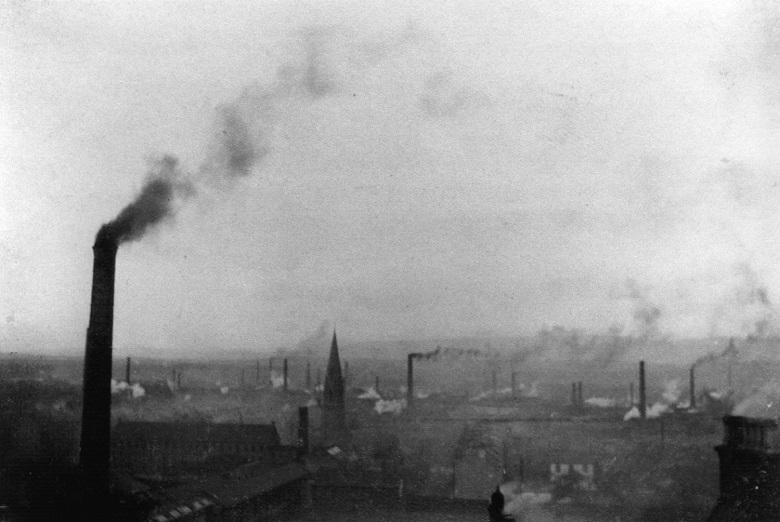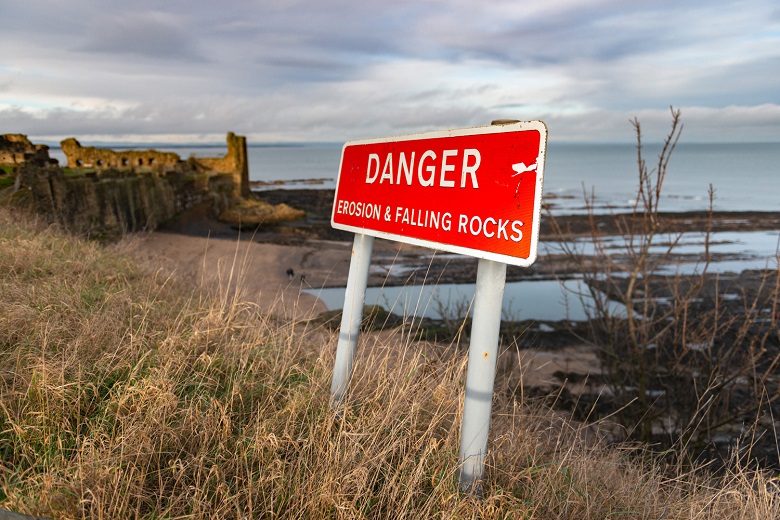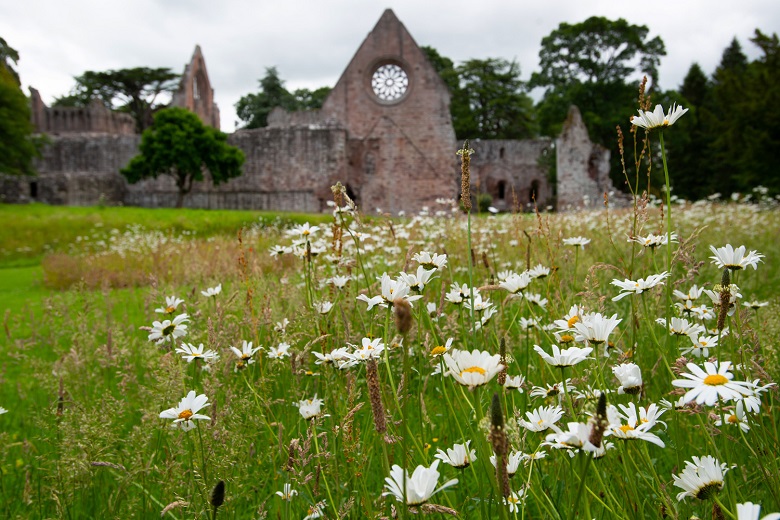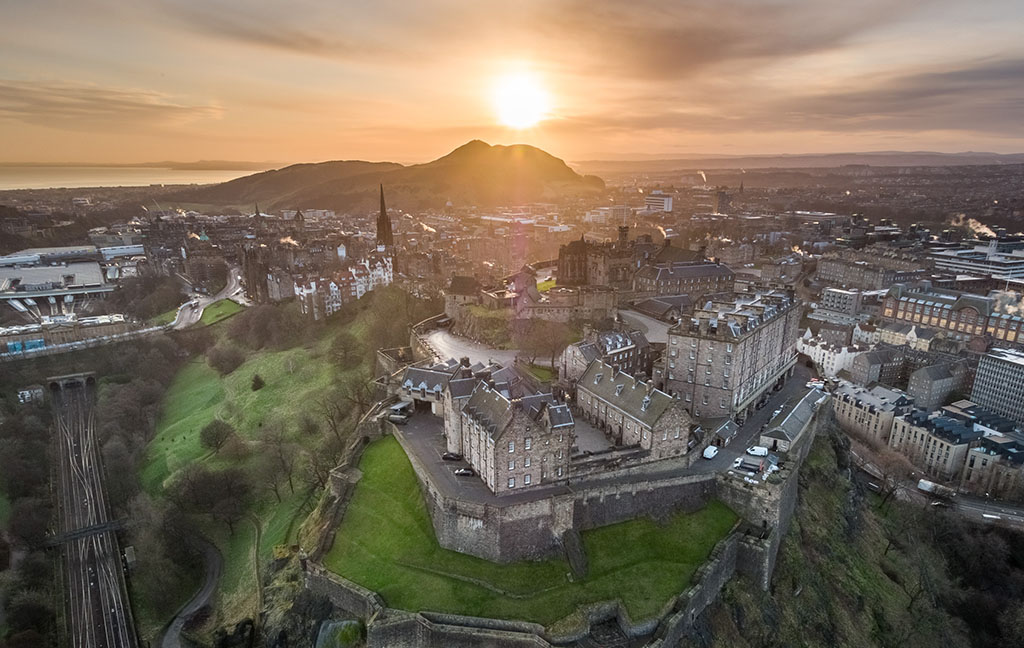If you’ve picked up a paper or turned on the telly recently, you probably haven’t escaped mention of the upcoming United Nations global climate change conference (otherwise known as COP26).
https://youtu.be/6Lq_tJ2NSKk
What is COP26?
An array of world leaders and over 30,000 delegates from around 200 countries – not to mention media and activists from across the globe – are set to descend on Glasgow this November.
This event is being billed as our “last chance” to do something meaningful about climate change and avoid the catastrophic consequences of global warming.
No doubt then that COP26 is a pivotal moment in our planet’s history. But where, you might be thinking, does Scotland’s historic environment – our buildings and landscapes, stories and traditions – figure in all of this?
At COP26, world nations will come together to agree plans to reduce carbon emissions to limit global warming, and adapt our communities and natural habitats to withstand the impacts of climate change that we are already experiencing.
And while it might not be obvious at first glance, our historic environment has a crucial part to play in achieving these aims.
Learning from our past
The historic environment offers us a unique vantage point on our journey to net-zero. Our climate heritage tells the story of how Scotland and its people have adapted to changes in the environment over centuries.

This photo from 1887 show factory chimneys in Paisley belching out smoke. (Licensed via Scran.)
We can see how communities of the past built homes with the climate in mind. Places like the Blackhouses on the Isle of Lewis, that were built low into the landscape with rounded corners and thick walls to give protection and insulation against the strong Atlantic winds.
Fast forward to the 1800s, when Scotland’s industry was thriving, oblivious to its contribution to climate change. By exploring this period of time, we can better understand how we got to where we are today.
From the shipyards on the Clyde to the coalmining towns of Fife, industry has shaped Scotland and left a lasting impact on our places, people and culture – as well as our environment.
Scotland’s historic places are on the frontline of our changing climate
Scotland’s climate is changing, and many of our historic sites are already keenly feeling the impacts. Our weather is becoming warmer, wetter and more extreme, while rates of sea-level rise and coastal erosion are increasing.

St Andrews Castle is just one of the historic sites at risk from climate change.
They may have stood the test of time, but climate change presents a new challenge to Scotland’s most ancient built heritage. The stone used to build many of our castles and monuments is decaying more quickly because of the extra rainfall.
The historically strategic location of these sites, often on hilltops or close to water, also exposes them to the elements.
Retain, reuse and retrofit
But it’s not all doom and gloom!
We believe our historic buildings are part of the solution to tackling the climate emergency, not part of the problem.
In our daily lives, we know that cutting down on waste and doing more with less can help reduce our impact on the planet. The same principle also applies to our built environment. By retaining and reusing the buildings we already have, instead of building new, we can use resources more efficiently and cut down on the carbon emissions that cause global warming.
Giving a new lease of life to old buildings also benefits us in other ways. It keeps the distinct character of our towns, cities, villages and rural areas, and helps give communities a strong sense of local identity.

Even medieval castles can make use of renewable energy. Find out more in this blog about Crichton Castle.
Many people think of traditional buildings as draughty and difficult to heat. Perhaps you’ve lived in an older building, such as a tenement, that had issues such as draughts and damp.
But by retrofitting older buildings, we can reduce the amount of energy they use. Adjustments, such as insulation and draught-proofing, can greatly improve energy efficiency. Organisations like Home Energy Scotland offer ways to make these changes affordable.
Through retrofit and reuse, we can maintain our heritage while also creating suitable and sustainable quality homes, schools, workplaces and other amenities.
Inspiring climate action
It’s easy to feel overwhelmed by the scale of the challenge that climate change presents, and it can be sometimes difficult to see just how we can make a difference.
But we can draw inspiration from the resilience of our ancestors as we work to adapt our communities to face the impacts of climate change in the future.
And thanks to cutting-edge technology and digital innovation, we know more than ever before about how climate change is impacting our historic places.

Allowing wild meadows to thrive at sites like Dryburgh Abbey provides a home to native wildlife.
Even small changes can go a long way to protecting these sites for the future. Next time you visit one of our historic attractions, consider using greener methods of transport to travel. Enjoy a coffee with a reusable cup, and remember to take your litter home. This all helps to reduce emissions and protect our environment.
As we countdown to COP26, let’s use our climate heritage to bring us together and help shape our sustainable future.
Find out more
Want to know more about Scotland’s historic environment and climate change?
- Visit our COP26 webpage.
- Read our Climate Action Plan.
- Catch up on our blog.
- Watch our climate change playlist on YouTube.

